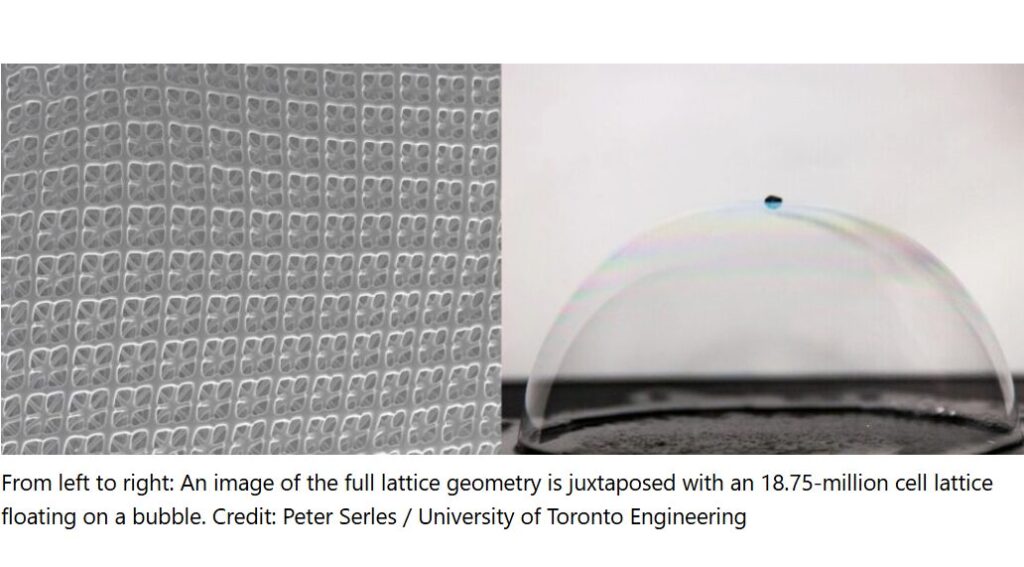
Quantum researchers from CSIRO, Australia’s national science agency, have demonstrated the potential for quantum computing to significantly improve how we solve complex problems involving large datasets, highlighting the potential of using quantum in areas such as real-time traffic management, agricultural monitoring, healthcare, and energy optimization.
By leveraging the unique properties of quantum computing, like superposition and entanglement, researchers compressed and analyzed a large dataset with speed, accuracy, and efficiency that traditional computers cannot match.
The work is published in the journa...
Read More









Recent Comments